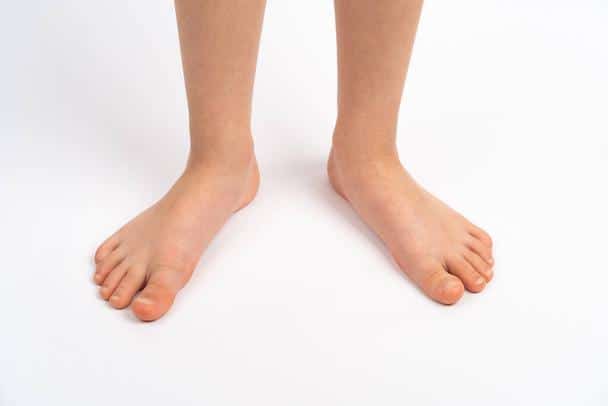Growth Pain in Children – With Your Podiatrist
Photo from Unsplash
Originally Posted On: https://www.unisoles.com/growth-pain-in-children/
I’ve seen countless parents coming to see me at the clinic.
Concerned about their children feeling pain in their legs.
Often, saying that their child is experiencing pain in their feet, shin, and knees.
Describing their child’s pain as a burning or aching feeling.
When I’ve asked if there is a recall of an injury or incident that happened to make their child feel this way, they aren’t sure or can’t recall a certain event.
Once I ask if their child has had a recent growth spurt, the answer is, most often, YES!
Let me share the common growth pain locations in the foot and leg. You’ll be well equipped with knowledge.
What is growth pain?
Growth pain is the term given to the discomfort a child or adolescent experiences due to a growth spurt.
It is essentially caused due to the muscle tissue being unable to stretch and adapt at the same rate the child’s bones lengthen.
There are common areas of the heel and knee where the growth plates can become under excessive stress.
The following conditions will elaborate on the reasons why your child may experience pain.
Severs Disease
Severs disease, or calcaneal apophysitis is a condition that affects children and adolescents, who are still growing.
This condition is characterised by pain around the back of the heel, where the Achilles tendon attaches to the heel bone (the calcaneus).
Severs disease is caused by overuse or repetitive stress of the growth plate in the heel.
Resulting in inflammation and microfractures of the growth plate.
Severs disease is seen most often in children between the ages of 9 and 13 years old, but can also be seen in older adolescents.
Severs Symptoms
Severs Treatment
Rest & Foam Roll
heel lifts and orthotics
Osgood Schlatter’s disease
Osgood Schlatter’s Symptoms
Osgood Schlatter’s Treatment
When You Should See a Podiatrist for Your Child’s Growth Pains
Although growth pains usually resolve over time your child shouldn’t need to live with the pain. Even if it’s temporary.
It’s always a good idea to seek helpful advice from a Podiatrist who is qualified to provide scientifically evident treatment methods based on your child’s needs.
If your child is experiencing any of the symptoms listed above, it is recommended that you take them to book in with a podiatrist for peace of mind.
Unisoles Podiatrists are available at a time convenient for you and your child without needing to have your child walk into a clinic in pain.
Book in to have your child assessed free of charge online.



